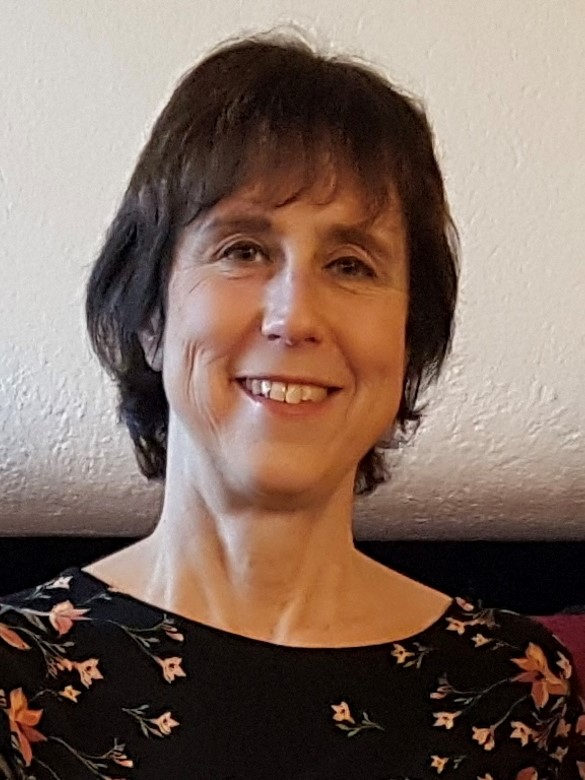Costumer story: Gisela Holm, Sweco, Sweden
Gisela Holm is an ecotoxicologist and water specialist at Sweco, Sweden, and has been the project leader in a comprehensive evaluation of effect-based methods as a tool for risk assessment of environmental pollution. In the project, the methods were used to evaluate the purification efficiency of both conventional and new purification techniques in sewage treatment plants, as well as to assess recipient impact. Gisela explains that the background of the project was the national initiative to investigate the need for pharmaceutical removal (and other micropollutants) in sewage treatment plants, where the Swedish Environmental Protection Agency was tasked with distributing the funding. Sweco gathered six sewage treatment plants in Borås, Eskilstuna, Gävle, Lidköping, Uppsala and Västervik that had been granted funding and conducted a joint study, also funded by Sweco’s innovation fund.
Why did you choose to use effect-based methods?
– The Swedish Environmental Protection Agency provides a list of recommended parameters to measure in projects about purification of micropollutants (including pharmaceutical residues). This list includes estrogenic effects and mutagenicity, says Gisela.
We are generally aware of the limitations of chemical analyses. By only measuring predetermined substances, one risks missing unknown pollutants, as well as metabolites, degradation products, and mixture effects. We saw that effect-based methods could provide a more comprehensive picture of the pollution situation. Additionally, the detection limits in chemical analysis are not low enough for many pharmaceutical residues, especially for endocrine disruptors.
Effect-based methods have great potential to provide important additional information about the complex chemical pollution, but the approach is not yet established in the industry – so we decided to be bold and try something new. We believe that these tests do not replace chemical analysis and in vivo tests but are a valuable and sensitive tool that provides early warnings of toxic effects.

What were the results and conclusions drawn within the project?
It can be said that it was a good decision to use the methods because we were able to draw conclusions that were previously not possible. For example, we were able to quantify that conventional wastewater treatment removes >80% of toxic effects, including known and unknown substances and combined cocktail effects. The additional purification steps with ozonation and GAC filtration removed up to 99% of certain toxic effects.
“We have already incorporated effect-based methods from the planning stage into new, similar projects on wastewater and purification techniques”
– Gisela Holm, PhD Senior Ecotoxicologist, Sweco, Sweden
In addition, we were able to quantify that the total estrogenic effect in most recipient water samples exceeded the corresponding environmental quality standard for estradiol in both inland and coastal waters (400 and 80 pg/L, respectively), something that was completely missed in the chemical analysis. Interpretively, the estrogen results have been the clearest since there are clear assessment criteria for these, and in our case, the levels were elevated. For the other effect results, the interpretation was more challenging because the methods are new and there are no established reference values. We are really pleased with the collaboration with BioCell Analytica, which, with their experience, havw helped us to make interpretations and get the right approach to the results.
Future with effect-based methods at Sweco
We have already incorporated effect-based methods from the planning stage into new, similar projects on wastewater and purification techniques. Even in general measurements and risk assessments of surface water, effect-based methods may become more common and eventually even standard. This can be seen in the latest proposal for the updating of the EU’s Water Framework Directive, where the methods are proposed for environmental monitoring of estrogenic effects, but there is also a general interest among progressive environmental authorities in Sweden.
Collaborating with BioCell Analytica
It has been very rewarding to collaborate with BioCell Analytica. There is plenty of energy, enthusiasm, and willingness to collaborate in the company. It is evident that it is a company that works closely with research, and for me, who has previously done a doctorate and is interested in that way of working, it has been particularly enjoyable as it adds another dimension to the conventional consulting work.

